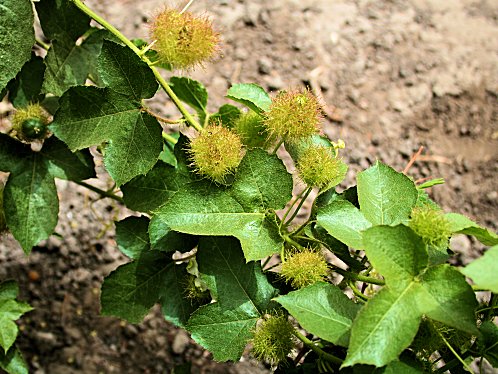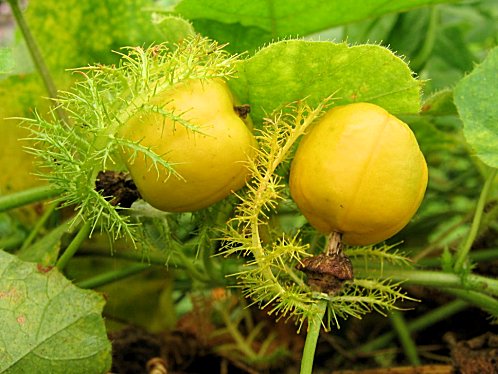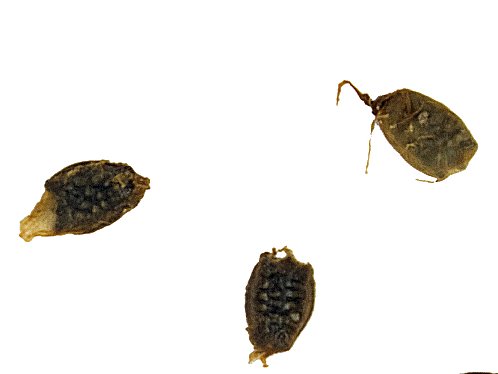Xeriscape Landscaping Plants For The Arizona Desert Environment.
Pictures, Photos, Information, Descriptions,
Images, & Reviews.
Vines.
Baja Passion Vine, Passiflora foetida v. longipedunculata.
We Are Proud Of Our SafeSurf Rating!
Click On Any Of The Following Links By Amazon.Com
For Books, & Videos About Wildflowers Of Arizona & The Southwest USA. No Obligation!
| Baja Passion Vine. |
|---|
 | |
| Baja Passion Vine. | Baja Passion Vine Leaf. |
|---|---|
 |  |
| Baja Passion Vine Fruit. | Baja Passion Vine Seeds. |
 /
/

Baja Passion Vine.
We wish to thank Wikipedia, the free encyclopedia for some of the information on this page. We share images and information with Wikipedia. While the Arizona Municipal Water Users Association recommends this species, it is almost impossible to purchase IT from a nursery. That is because Passiflora foetida var. longipedunculata is simply rare in the trade. We would recommend SUBSTITUTING one of the many other species of Passiflora that are easily available. But, buy the real plant, if you can find one! Passiflora foetida var. longipedunculata is a moderate growing, low-water-use and low litter vine that is native to Baja California. The Baja Passion Vine also likes full sun, it is hardy to 25 �F degrees, semi-evergreen, and it has white and purple flowers in the summer that attract Gulf Fritillary Butterflies. The Baja Passion Vine leaves give off a pungent, offensive odor when crushed. The fruits tend to attract insects and birds, although the vine�s bracts exude a sticky substance to minimize predation of its young flowers and fruits. These vines produce low amounts of litter.
Quick Notes:
Height: To 5 to 15 feet tall. Equal or greater spread. Usually about 10 feet by 10 feet. The vine will encompass about 10 square feet.
Flowers: Up to 4 inches across, surrounded by 3 green bracts that are tripinnately divided into numerous gland-tipped segments. They also have 10 round-tipped, white tepals (5 petals and 5 petal-like sepals). They also have fleshy, white & lavender filaments with lavender at their base.
Flowering Time: In Arizona from late July through September. September is probably the peak blooming time.
Fruit: The fruits of this vine are edible (when they turn red).They should be harvested before they attract too many unwanted pests. They are round to oval, about 1 inch in diameter, yellow ripening to red fruit with a soft, loose, juicy, whitish pulp surrounding their black seeds.
Leaves: The leaves are large, gray-green, & oval shaped leaves, with some serration on their margins. The stems are thick, redish, with short hair.
Found: Native to Baja California, in Mexico.
Hardiness:
Soil pH requirements:
Sun Exposure:
Elevation: 0 to 2,900 feet In Arizona.
Habitat: Sandy, loamy, gravely, desert soils, ls long as they have good drainage.
Miscellaneous: An ideal xeriscape landscape plant in Arizona.
|



We Are Proud Of Our SafeSurf Rating!
Click On Any Of The Following Links By Amazon.Com
For Books, & Videos About Xerioscape Plants Of Arizona & The Southwest USA. No Obligation!
Back To Arizona Xeriscape Landscaping Main Page.
Back To Xeriscape Vines Page Two.
Back To Arizona Wild Flowers Home Page
Back To DeLange Home Page
© 1966 - Present, Audrey, Eve, & George DeLange
| © 1966 - Present, Audrey, Eve, & George DeLange |


